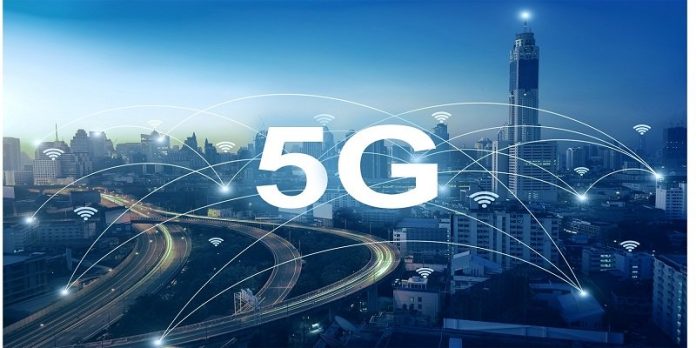- The speed of the internet is hotly debated the world over as the dynamically evolving technology on this front is producing amazing results for the increasingly hungry and aware consumers. We all have graduated from the extremely tedious speeds or bandwidth of internet starting from 2G, graduated to 3G, and subsequently embraced 4G which is presently ruling the Indian firmament. Of course, many advanced nations have already immersed in the latest available bandwidth in the form of the 5G spectrum which assures us of never-seen-before experience. As you are aware, the Indian government too had initiated an auction of 5G spectrum which went unsold owing to a variety of reasons, the most obvious being the reserve price.

PC: Harald Remmert
- Thankfully, the latest attempt has yielded welcome results looking at the numbers announced. For the uninitiated, the spectrum auction for 5G services concluded this week. As reported, the big picture emerging out of the auction is that 71% of the spectrum was sold for Rs. 1.5 lakh crore, which can be paid over 20 annual installments. Further scrutiny of the auction would reveal three standout features. To begin with, the Union Government showed a lot more pragmatism this time around, because in recent auctions spectrum often remained unsold. While that’s been the case this time too, the Union Government helped push things along by diluting the cost of acquisition.
- Payment in installments was introduced, bank guarantees were waived, and spectrum usage charges were eliminated. The eventual results show these measures indeed helped. Delving further would reveal that the auction was concentrated in three bands. In 700 MHz, which went unsold in two preceding auctions, 3300 MHz and 26GHz. The last two bands were auctioned for the first time and all four bidders picked up spectrum in 26GHz. The 700 MHz and 26 GHz bands will see a different kind of 5G rollout. The former is a low-frequency band that can cover wide areas with fewer base stations but is relatively slow in download speed. The 26 GHz spectrum is a millimetre wave band. Its chief characteristics are fast connection speeds of more than 3 Gbps but a limited range for signals. This band is likely to be used for captive networks among businesses.

PC: Soumyarendra Barik
- Needless to mention, the 3300 MHz mid band is where most of the auction revenue was generated. About 54% of the total spent was in bids for this band. The three incumbent telecom firms competed for it and 76% of the spectrum on offer was sold. The auction here suggests that incumbents continue to augment their 4G capacity as that will remain the mainstay for a while. This band also offers the room to upgrade at a later date as the market evolves. Yes, one sign of the market’s evolution is that just 17% of the spectrum in the 900 MHz, the mainstay of a voice call, got sold. Nonetheless, the unsold spectrum does raise questions about the reserve price. Remember, spectrum is a finite resource and when it goes unsold, a precious economic resource is simply wasted. It is here the Government’s pragmatism must extend to reserve prices as well.



